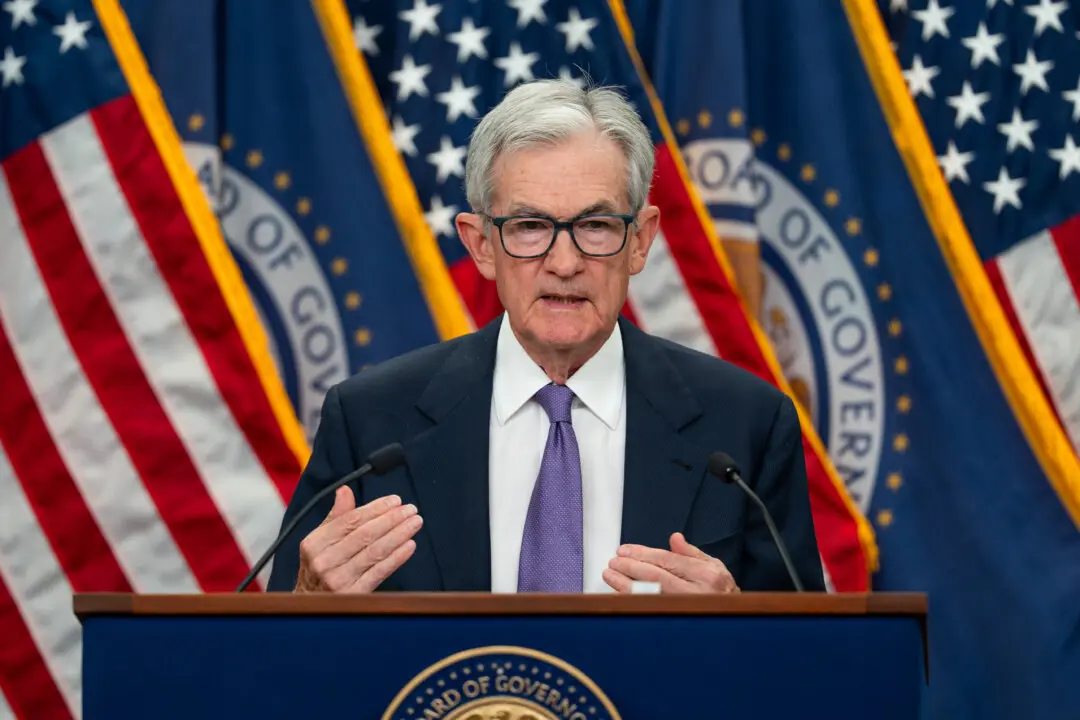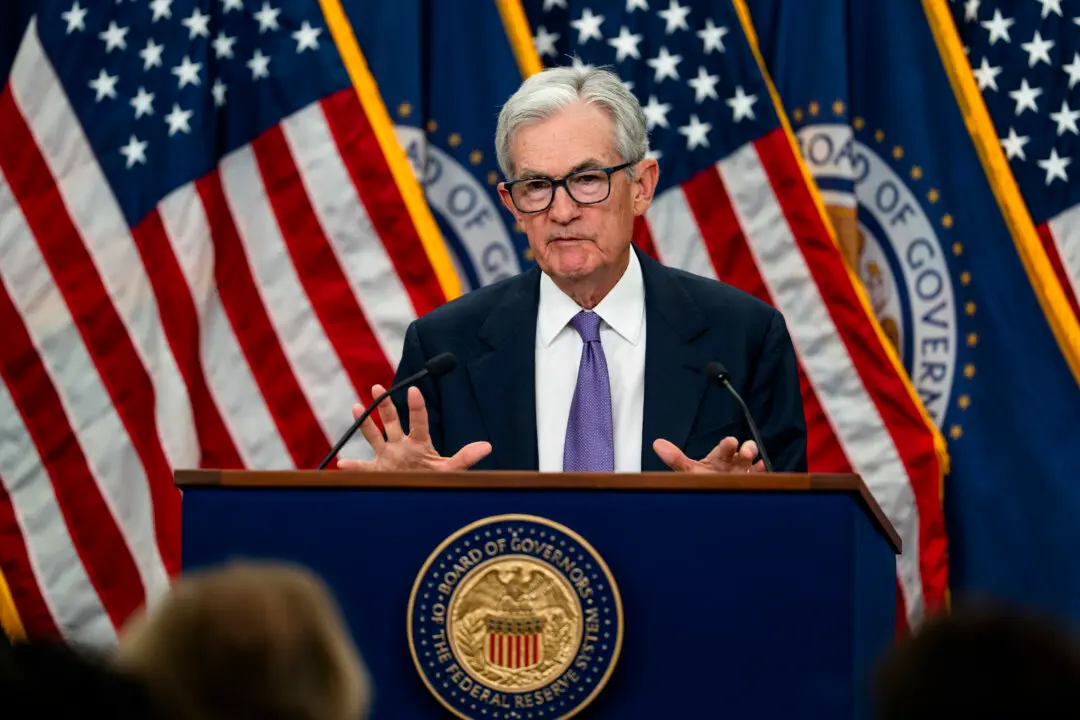The Federal Reserve won’t cut interest rates as the U.S. economy remains solid and underlying inflationary pressures persist, according to a top Wall Street economist.
Torsten Slok, chief economist at Apollo Global, might have raised some eyebrows on the New York Stock Exchange to close out the trading week and kick off March last week by abandoning the idea that the central bank will pivot on monetary policy this year.





